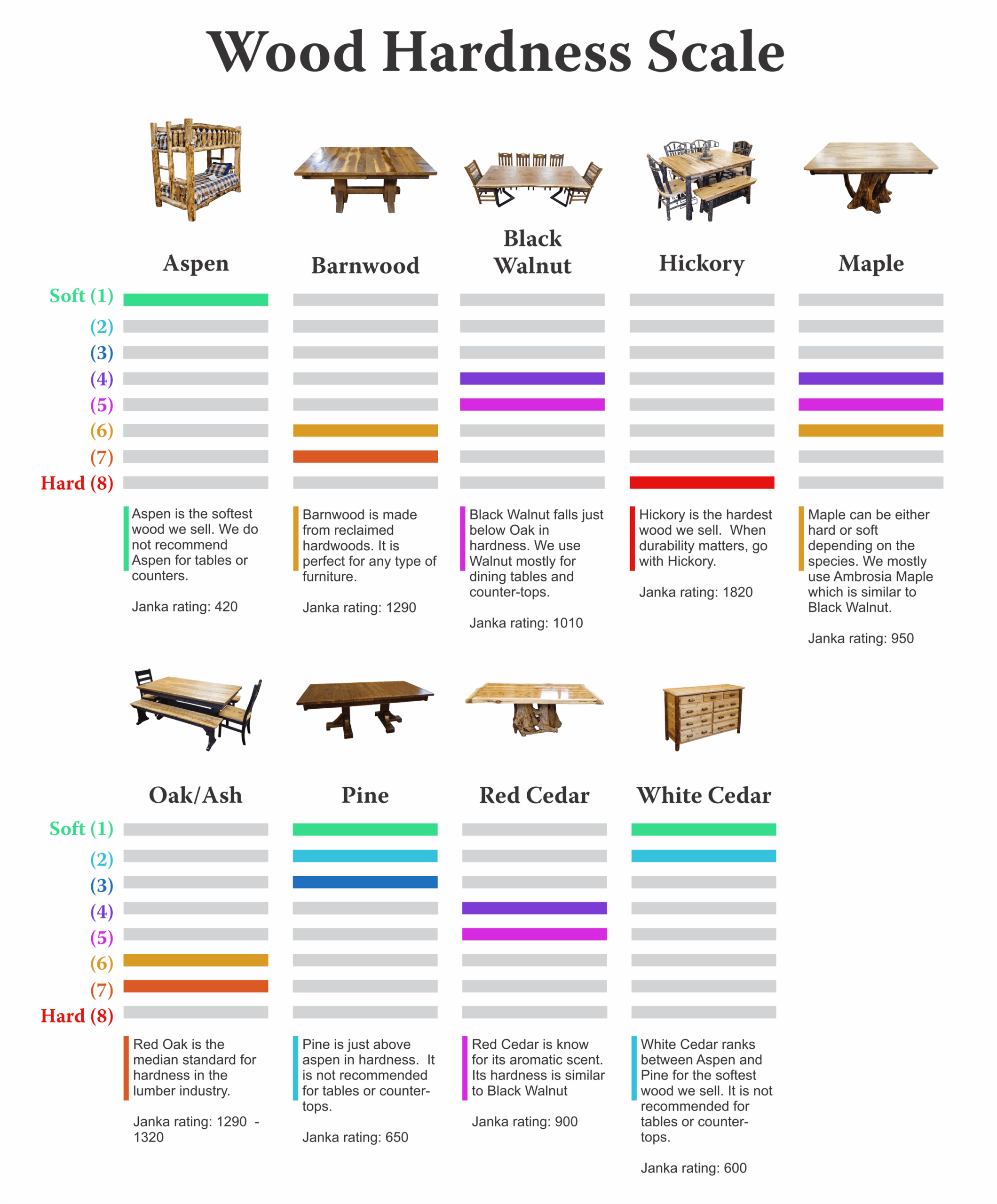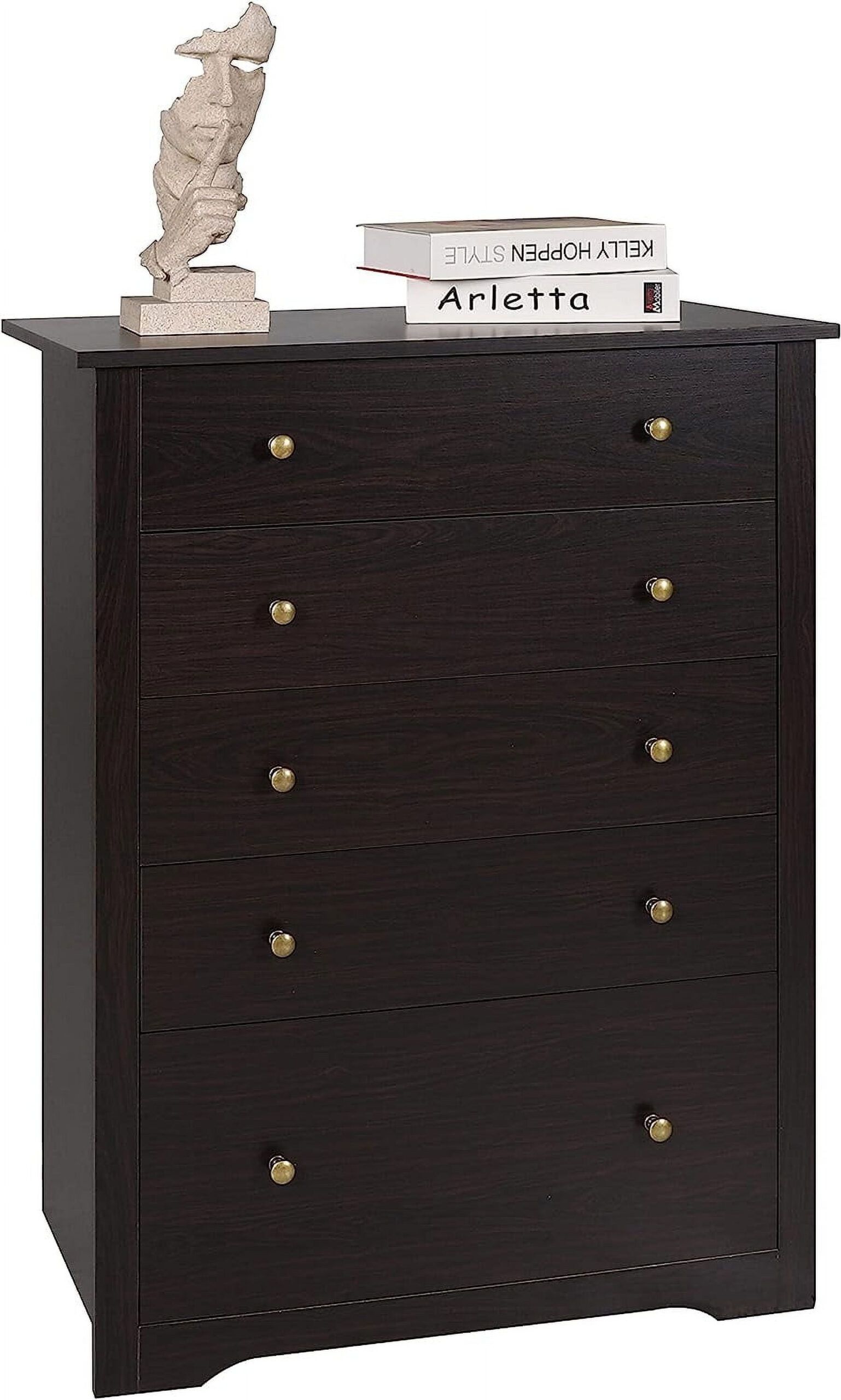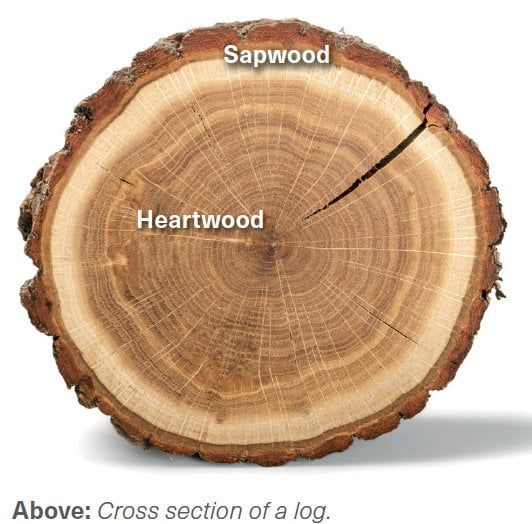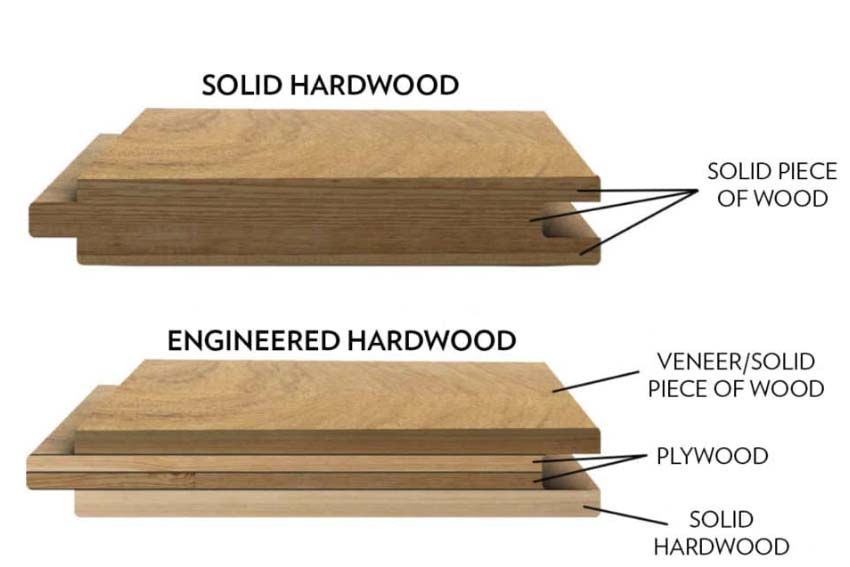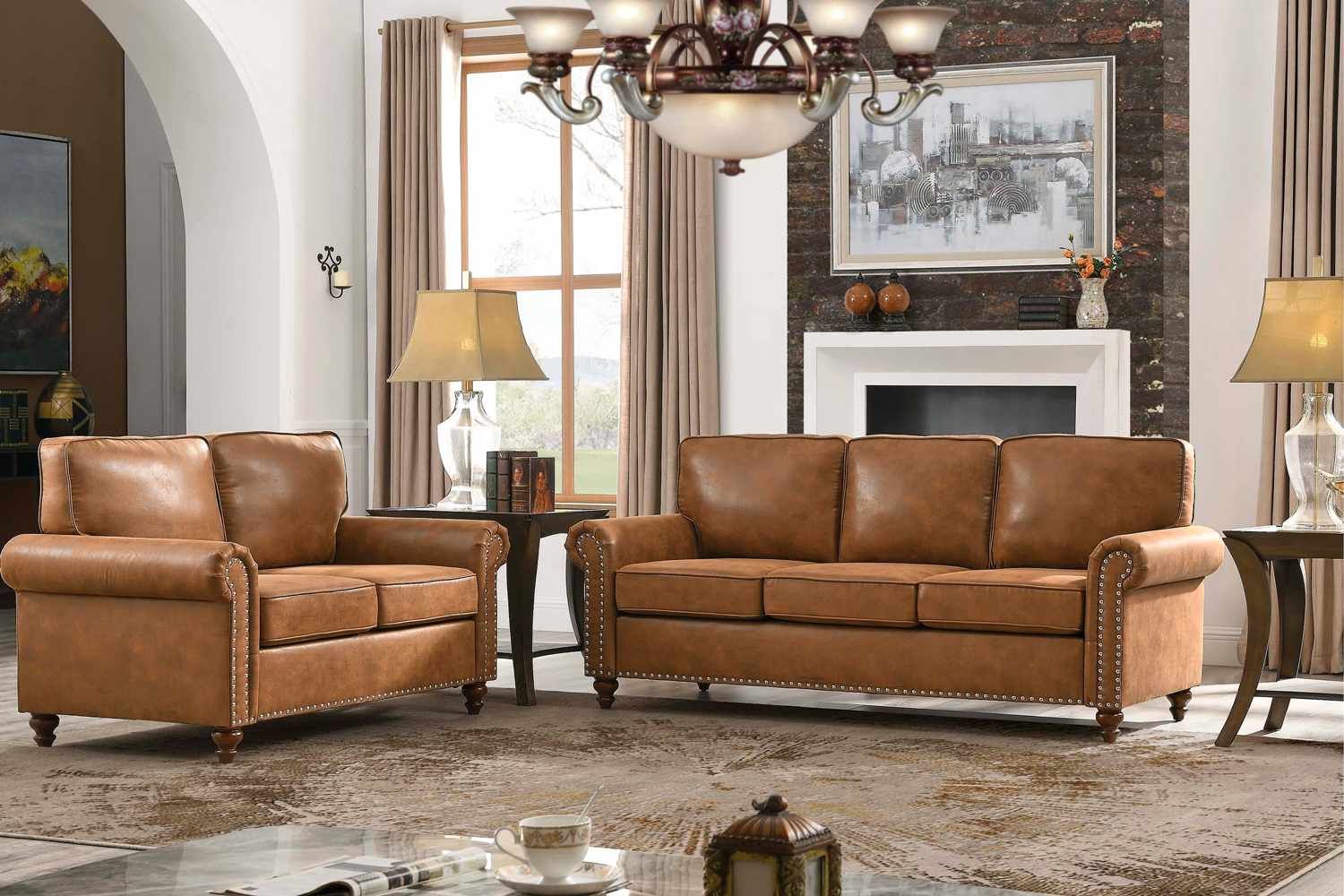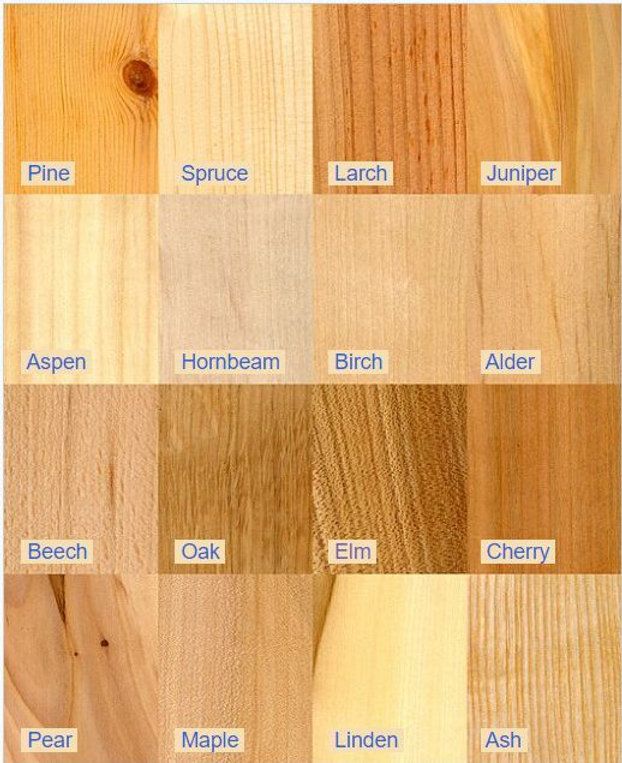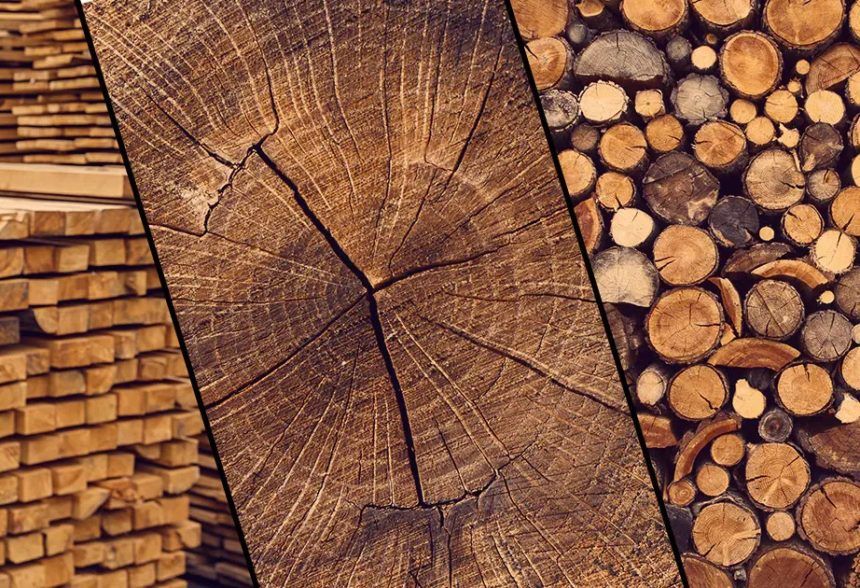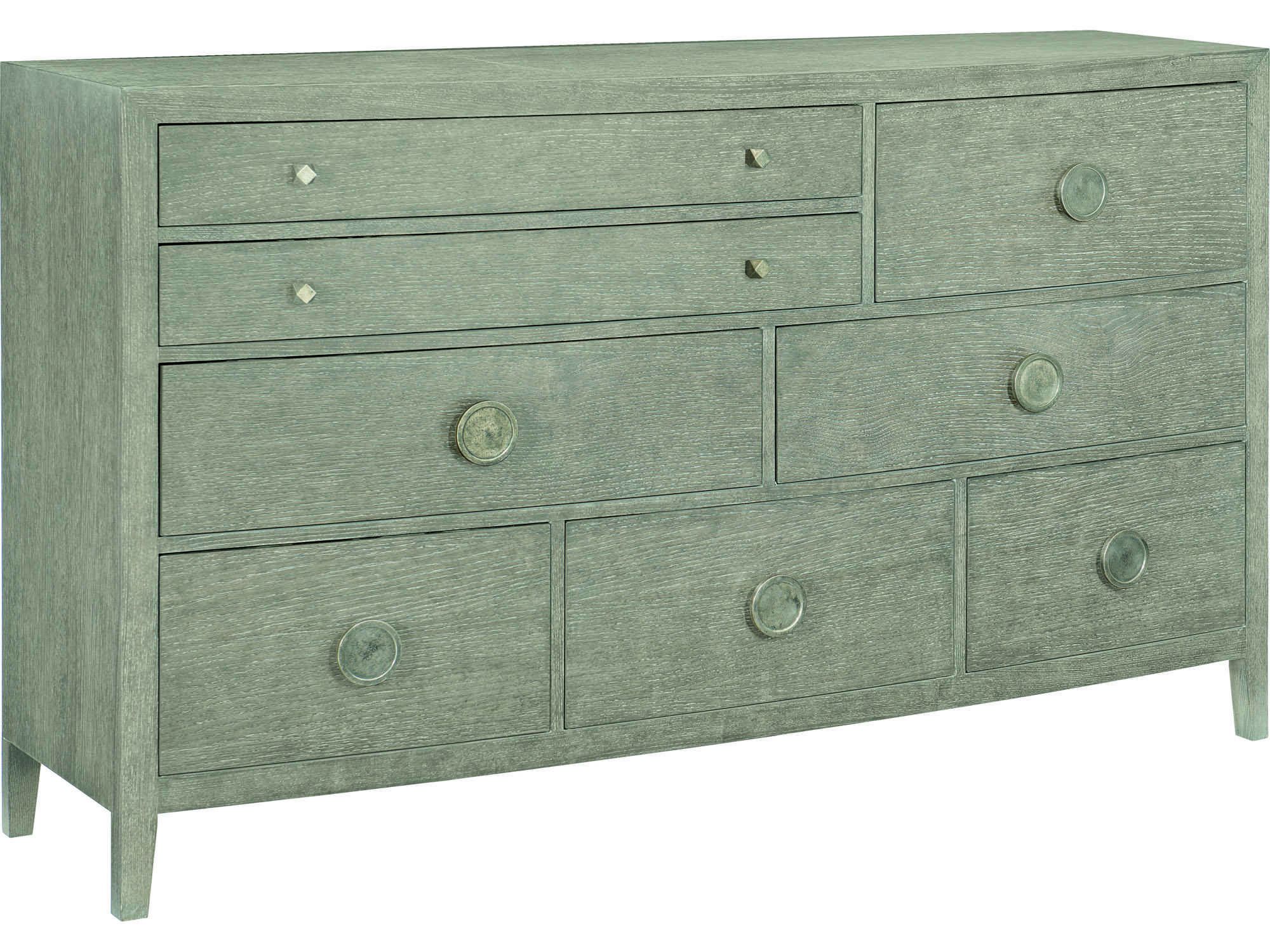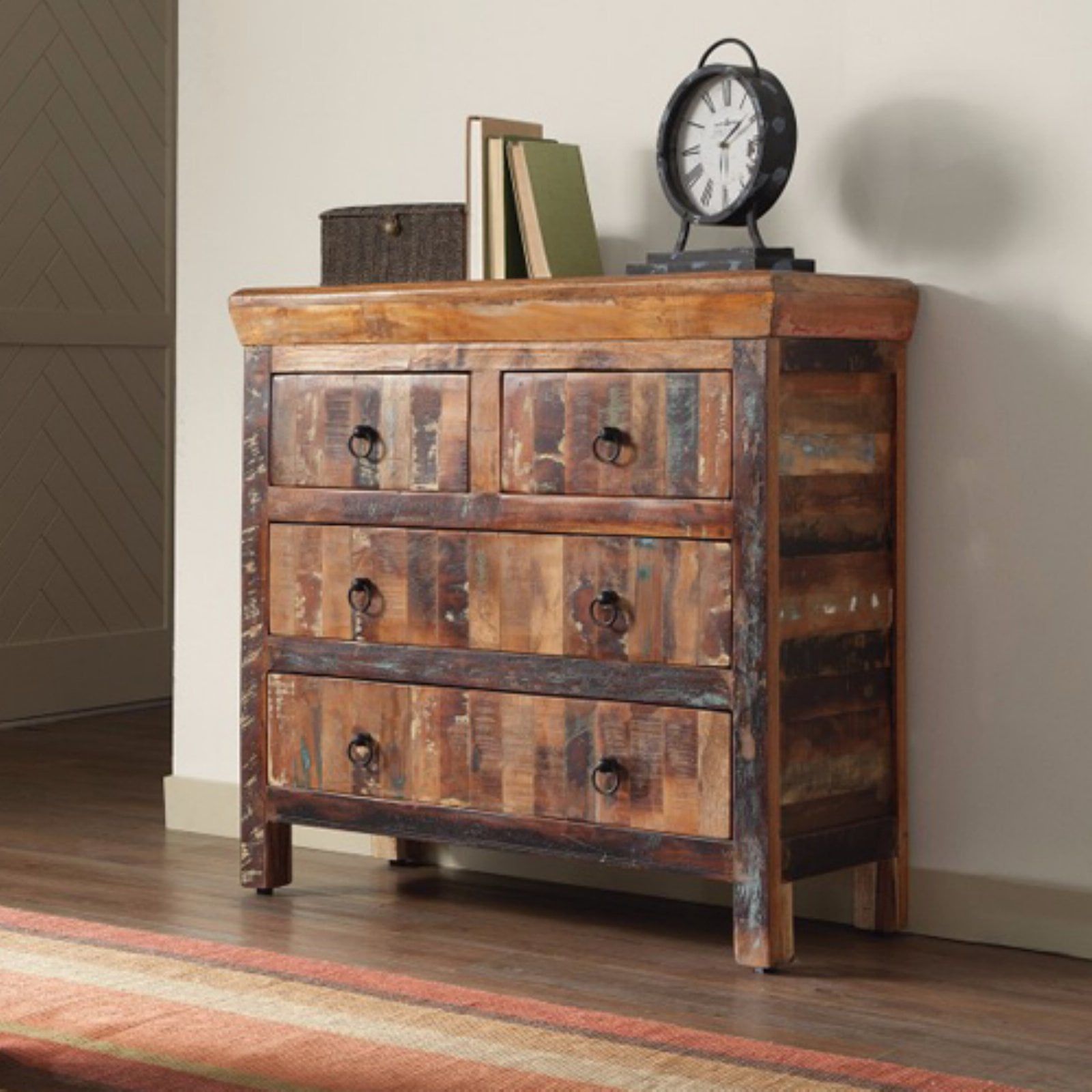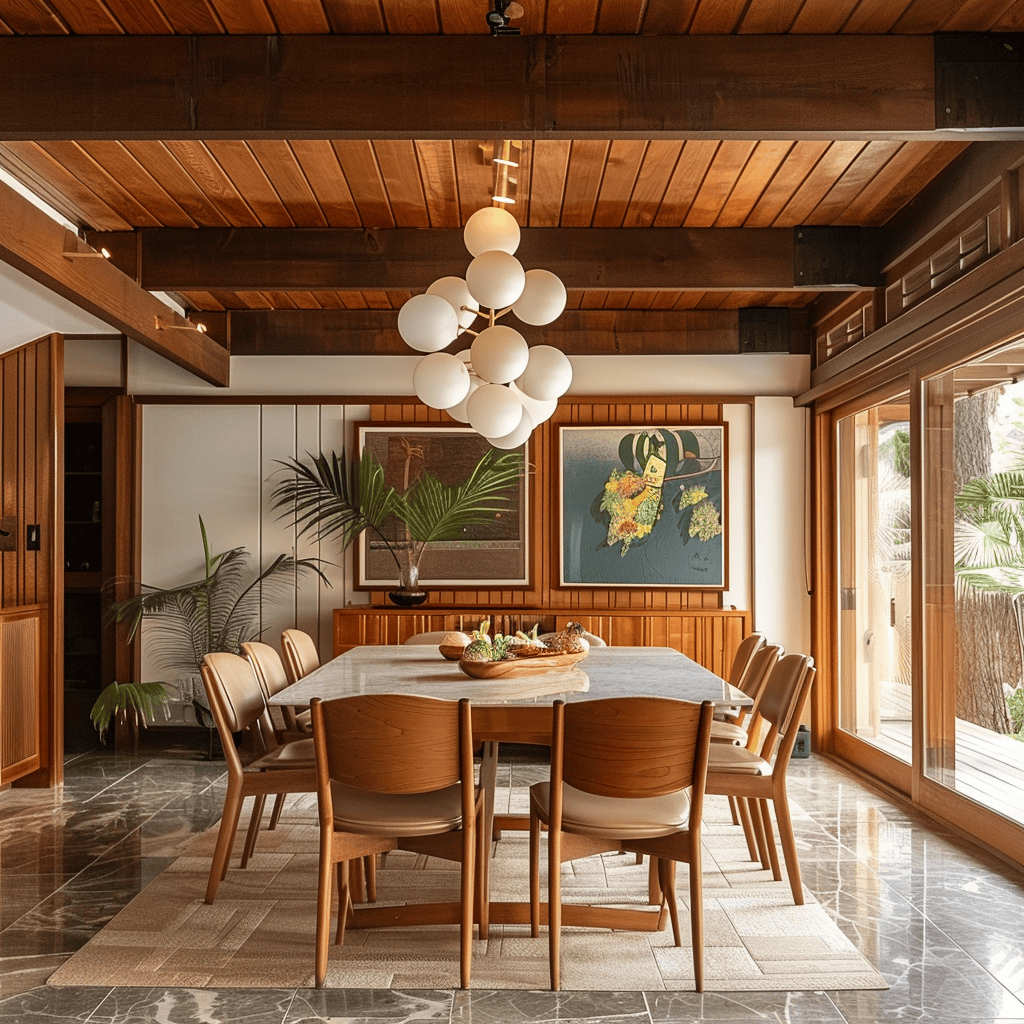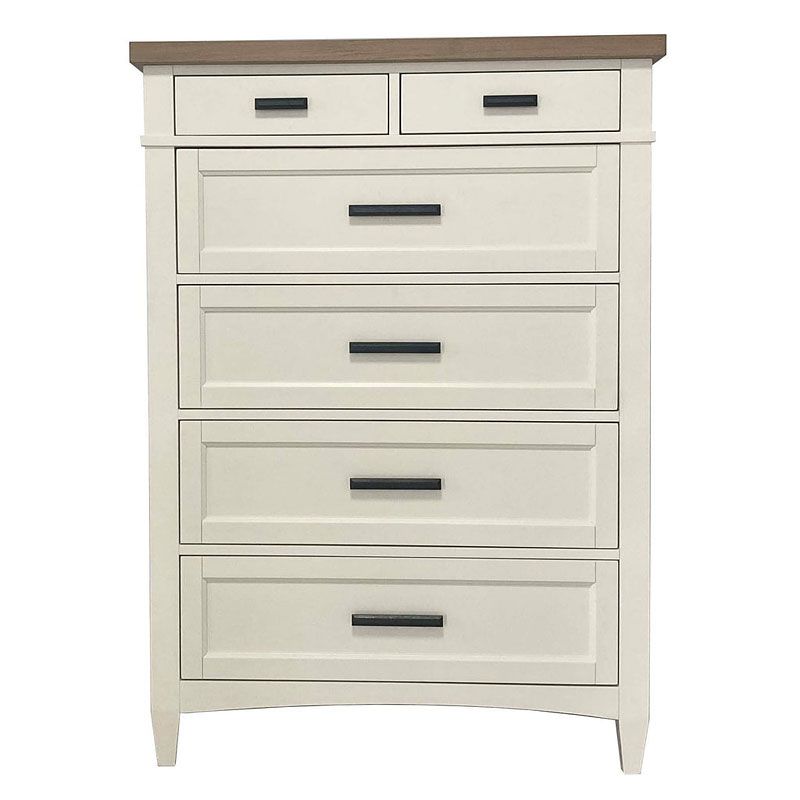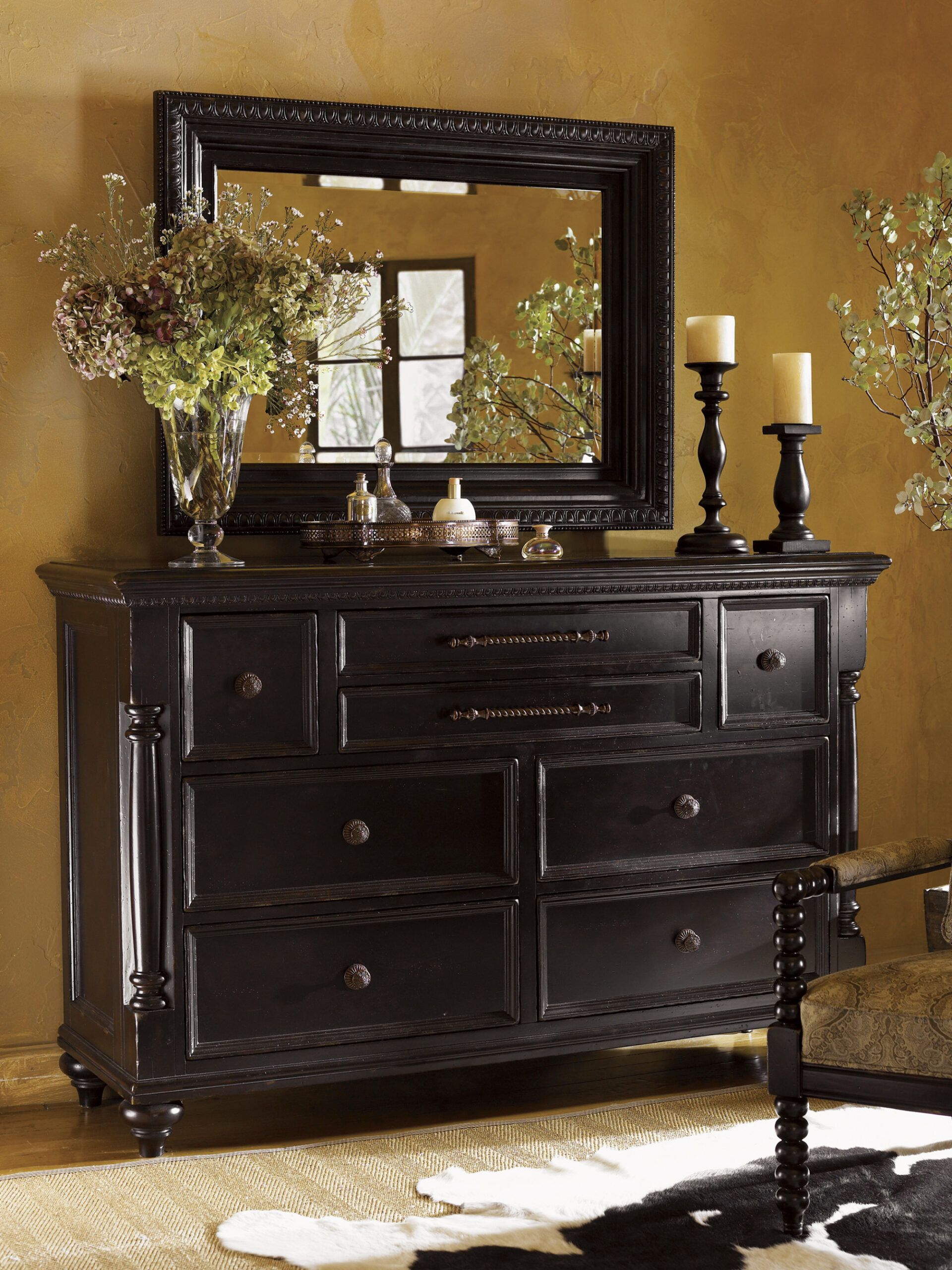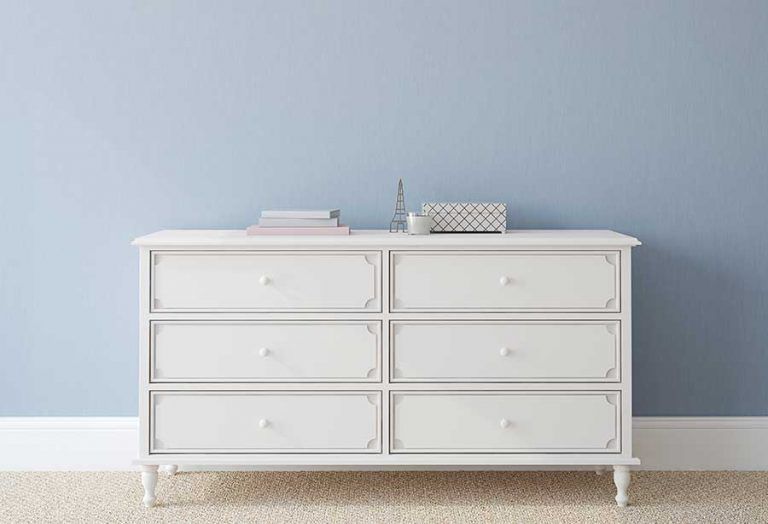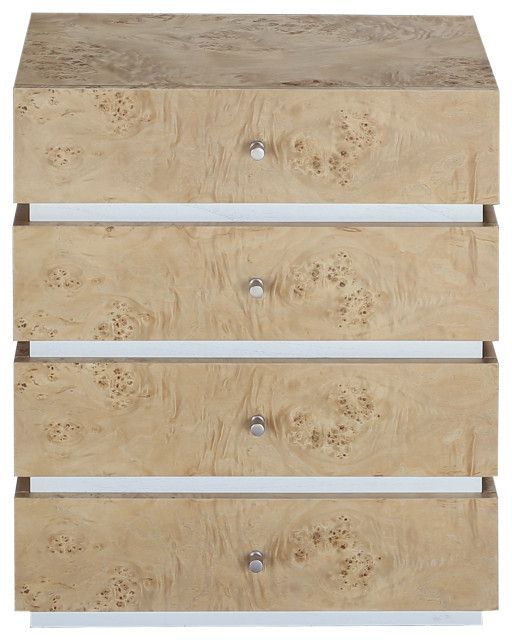You’re looking for a new dresser, right. Perhaps you’ve seen a few online, or maybe you’ve wandered through some furniture stores, feeling the different textures and wondering what makes one piece feel so much more substantial than another. It all comes down to the wood, folks. And let me tell you, understanding that journey from a towering tree in the forest to a beautiful, functional piece of furniture in your bedroom is key to making a truly informed choice. It’s not just about looks. It’s about longevity, durability, and a bit of a story.
We often think of a dresser as just a place to stash our socks and t-shirts. But really, it’s so much more. It’s a foundational element in your bedroom, often a prominent piece that contributes to the overall feel and function of the space. And at its very core, the essence of any good dresser, its very soul if you will, is the wood it’s crafted from. Getting to grips with the various types of wood, how they’re processed, and what that means for the final product can transform your buying experience from a guessing game into a confident, educated decision. Let’s delve into the woody world of dressers.
Hardwoods vs. Softwoods: The Fundamental Divide
When we talk about wood, the first big distinction you’ll hear is between hardwoods and softwoods. Now, don’t let the names fool you entirely. It’s not always about how hard the wood actually feels. For example, balsa wood, which is super soft, is technically a hardwood. Confusing, I know. But generally, hardwoods come from deciduous trees (those that lose their leaves in autumn), like oak, maple, cherry, and walnut. They’re denser, more durable, and typically more expensive. Softwoods, on the other hand, come from coniferous trees (evergreens), such as pine, fir, and cedar. They grow faster, are generally less dense, and usually more budget-friendly.
- Hardwoods: Think resilience. Oak is a classic, known for its strength and distinct grain. Maple is smoother and very robust. Cherry offers a rich, warm tone that deepens with age. Walnut is luxurious, with beautiful dark hues. These woods are fantastic for dressers because they resist dents and scratches much better over time, making them a wise investment.
- Softwoods: Pine is a common choice for more rustic or casual dressers. It’s lighter and easier to work with, but it’s also more susceptible to dings and dents. If you’re going for a distressed look or value affordability above all else, pine can be a good option. Just be aware of its limitations when it comes to everyday wear and tear.
Solid Wood vs. Engineered Wood: Understanding Construction
This is where things can get a bit tricky, and it’s super important to grasp the difference. Many people assume ‘wood furniture’ automatically means solid wood throughout, but that’s often not the case anymore, and it’s not always a bad thing, believe it or not.
- Solid Wood: This means the dresser is constructed entirely from lumber cut directly from a tree. A solid oak dresser, for instance, would have solid oak panels, drawer fronts, and sides. The pros are obvious: supreme durability, natural beauty, and the ability to be refinished multiple times. The cons? It’s heavy, expensive, and can be prone to expanding and contracting with humidity changes, which can lead to cracks or warping if not properly cared for. But a well-made solid wood dresser is an heirloom piece.
- Engineered Wood (Plywood, MDF, Particle Board): These are man-made wood products. They’re often used for structural components or less visible parts of a dresser to keep costs down and improve stability.
- Plywood: Layers of wood veneer glued together with the grain running in alternating directions. It’s strong and stable, often used for drawer bottoms or the backs of dressers. Good quality plywood is a perfectly acceptable and often smart choice.
- MDF (Medium-Density Fiberboard): Made from wood fibers, resin, and wax, pressed into dense panels. It’s very stable, has a smooth surface for painting, and doesn’t warp easily. It’s heavier than plywood and not as strong with screws, but for painted dressers, it’s a common and good material for certain parts.
- Particle Board: Made from wood particles and resin. It’s the least dense and most budget-friendly of the engineered woods. While it’s fine for some applications, for a dresser that sees daily use, it’s generally not ideal for structural components as it’s prone to crumbling and doesn’t hold screws well. You’ll often find it in very inexpensive furniture.
The Takeaway: A dresser that uses solid wood for its main frame and drawer fronts, but plywood for drawer bottoms or the back panel, is often a very good balance of quality and cost. Be wary of dressers where particle board is used for primary structural elements.
Veneers: A Thin Slice of Beauty
A wood veneer is a thin slice of real wood, often a beautiful, expensive species, glued onto a less expensive substrate, like plywood or MDF. This allows manufacturers to achieve the look of a high-end wood, like walnut or rosewood, without the prohibitive cost of solid pieces.
- Pros: Cost-effective, stable (less prone to warping than solid wood), and can offer exotic wood looks. A high-quality veneer can be incredibly durable and beautiful.
- Cons: If the veneer is very thin or poorly applied, it can chip or peel over time. You can’t refinish a veneered surface as many times as solid wood, if at all, because you might sand through the veneer layer. Always ask about the thickness and type of veneer if you’re considering a veneered piece. Good veneers are a great way to get a premium look at a more accessible price point.
Drawer Construction: Where the Rubber Meets the Road
This is often the unsung hero of a dresser – the drawers themselves. You can have the most beautiful wood on the outside, but if the drawers are flimsy, your dresser won’t last. Pay close attention to how the drawers are put together.
- Dovetail Joints: This is the gold standard. Those interlocking ‘finger’ shapes on the corners of the drawer box? That’s a dovetail. It’s incredibly strong and indicates quality craftsmanship. Both full dovetails and half-dovetails are good.
- Dado or Rabbet Joints: These are grooves or notches that one piece of wood fits into. They’re decent, especially when reinforced with screws or glue, but not as strong as dovetails.
- Stapled or Glued Butt Joints: These are the least durable. Just two pieces of wood butted together and stapled or glued. Avoid these if you want your dresser to last more than a few years. They’re a sign of very low-quality construction.
- Drawer Glides: Look for smooth-operating drawer glides. Metal glides with ball bearings are excellent. Wood-on-wood glides are traditional but require good craftsmanship to operate smoothly. Plastic glides are okay for light use but can wear out quickly.
- Drawer Bottoms: Plywood is ideal. Thin particle board or cardboard-like material will sag and break over time. Give the drawer bottom a gentle push to test its sturdiness.
Finishes and Treatments: Protecting the Beauty
The finish applied to the wood isn’t just for looks; it protects the wood from moisture, scratches, and everyday wear. There’s a whole world of finishes, but here are some common ones:
- Lacquer and Varnish: These create a hard, durable surface. They offer good protection and come in various sheens (matte to high-gloss). Lacquer dries fast and is very tough. Varnish is also durable and often used on higher-end pieces.
- Oil Finishes: These penetrate the wood, enhancing its natural grain and giving it a softer, more natural feel. Think Danish oil or tung oil. They don’t offer as much surface protection as lacquer but are easier to repair if scratched.
- Paint: A painted finish can be beautiful and hide less perfect wood. A good paint job should be smooth, even, and durable. Look for multiple coats and a good primer. Chipping paint is a sign of poor preparation.
Consider your lifestyle. If you have kids or pets, a more durable, protective finish might be more practical. If you love the natural feel of wood and are okay with a bit more maintenance, an oil finish could be lovely.
The Human Connection: Trusting Your Instincts (and a Little Know-How)
Ultimately, buying a dresser isn’t just about ticking boxes on a spec sheet. It’s about how the piece feels to you, how it fits into your life, and the story it tells. When you’re in a store, don’t be afraid to poke, prod, and pull. Open and close the drawers. Feel the surface. Does it feel solid? Does it smell like real wood or chemicals? Ask questions. A good salesperson will be happy to tell you about the wood, the construction, and the finish. If they can’t, or seem evasive, that’s a red flag.
Remember, a dresser is a long-term relationship. It’s going to hold your cherished possessions, witness countless mornings and evenings, and become a quiet part of your daily routine. Investing a little time in understanding the wood and its construction means you’re not just buying a piece of furniture; you’re bringing a piece of the forest, carefully crafted, into your home. And that, my friends, is a beautiful thing. So go forth, be informed, and find the dresser that speaks to you, from its woody heart to its functional drawers.
So, there you have it. The journey of wood, from a towering tree in a peaceful forest to the sturdy, elegant dresser in your bedroom, is a fascinating one. Understanding the difference between hardwoods and softwoods, solid pieces and engineered panels, and the critical details of drawer construction and finishes, empowers you. You’re no longer just a buyer; you’re an informed curator, capable of discerning quality and making a choice that truly reflects your needs and values. A well-chosen dresser isn’t just a place for clothes; it’s a testament to good design, durable materials, and a little piece of nature brought indoors. May your next dresser be a truly informed and joyful purchase.
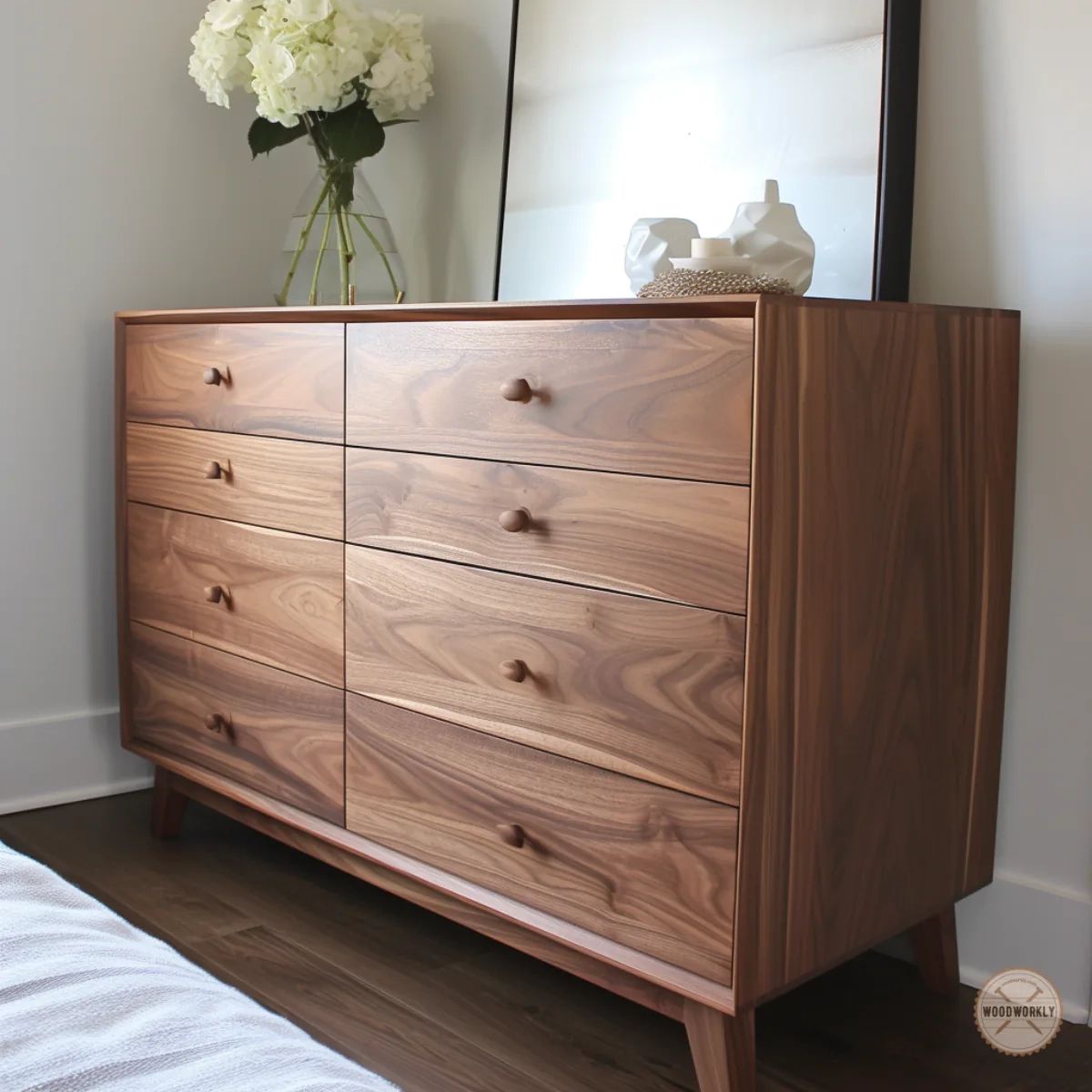
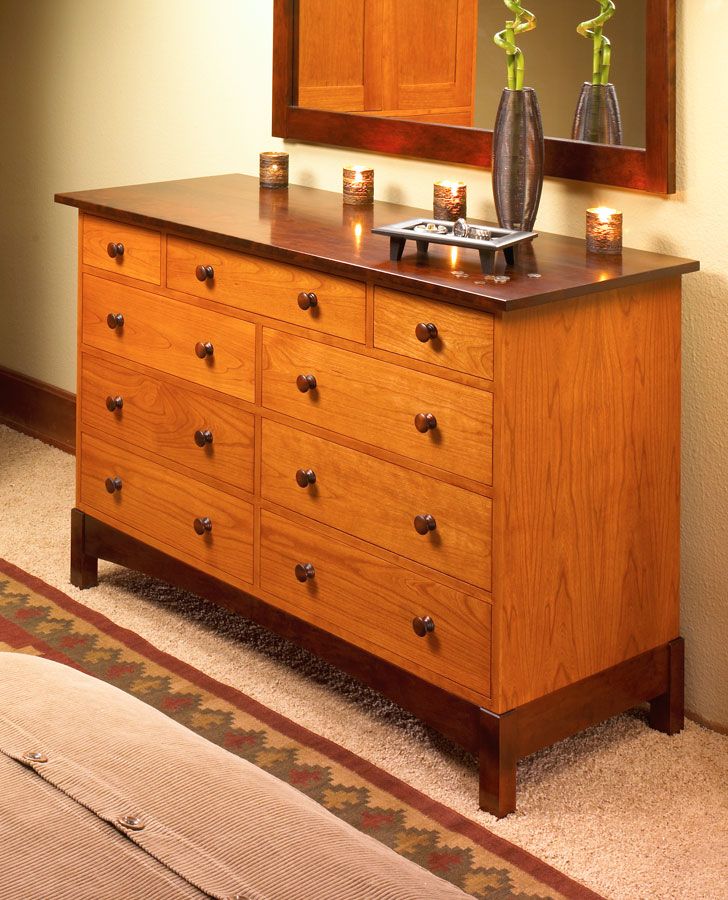
![Timber Durability Chart [Infographic] with Understanding Wood Durability What to Look for in Your Next Dresser](https://marcpauze.com/wp-content/uploads/2025/06/timber-durability-chart-infographic-with-understanding-wood-durability-what-to-look-for-in-your-next-dresser.jpg)
